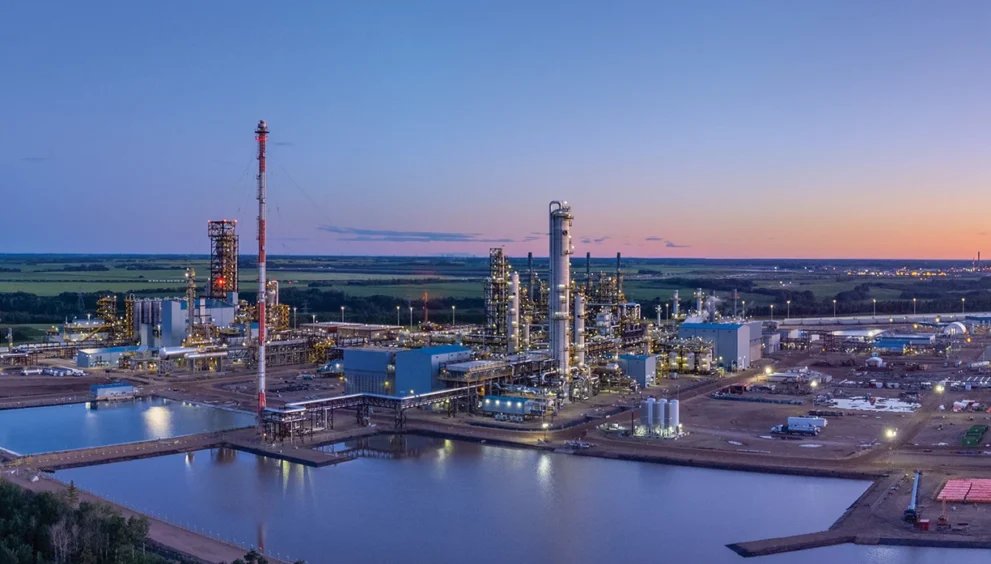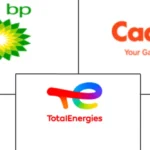UK Oil and Gas Market Trends: Declining Production, Energy Transition, and Policy Shifts in 2025

UK Oil and Gas Market Trends: Declining Production, Energy Transition, and Policy Shifts in 2025
London, UK
The United Kingdom’s oil and gas industry is undergoing significant changes in 2025, grappling with declining North Sea production, stringent energy transition policies, and evolving market dynamics. As a key player in Europe’s energy landscape, the UK is balancing its reliance on hydrocarbons with ambitious net-zero goals. Recent trends highlight the sector’s challenges and opportunities amid global oversupply concerns and regional geopolitical shifts.
North Sea Production Continues Decline
The UK’s oil and gas production from the North Sea is on a downward trajectory, with output expected to fall by 5% in 2025 to approximately 1.2 million barrels of oil equivalent per day (boe/d), according to the North Sea Transition Authority (NSTA). Aging fields, such as Buzzard and Forties, are facing natural depletion, while new project developments remain limited due to high costs and regulatory hurdles. In 2024, the UK produced 0.7 million b/d of crude oil and 3.2 billion cubic feet per day of natural gas, but 2025 projections indicate further declines as investment in exploration lags. This trend is exacerbating the UK’s reliance on imported energy, particularly LNG, which accounted for 40% of gas supply in 2024.
Energy Transition Drives Policy and Investment
The UK’s commitment to net-zero emissions by 2050 is reshaping its oil and gas sector. The Labour government, elected in 2024, has tightened policies, including a ban on new North Sea oil and gas licenses and an increase in the Energy Profits Levy to 38% through 2030. These measures aim to redirect investment toward renewable energy, with offshore wind capacity projected to reach 50 gigawatts by 2030, up from 14 gigawatts in 2024. Companies like BP and Shell are pivoting, allocating 20% of their 2025 capital budgets to low-carbon projects, including carbon capture, utilization, and storage (CCUS) at sites like the Acorn project in Scotland.
LNG Imports Rise Amid European Supply Shifts
The UK’s LNG imports are surging to meet domestic demand and support Europe’s energy security, particularly as the EU prepares to halt Russian LNG re-exports in March 2025. In the first half of 2025, UK LNG imports rose by 15% year-on-year, with key suppliers including the U.S. and Qatar. The Grain LNG terminal, Europe’s largest, is operating at near-full capacity, handling 13.5 million metric tons per annum. However, global LNG market oversupply risks, with a projected glut starting in 2026, could pressure prices, impacting the UK’s import costs and energy affordability.
Geopolitical and Market Volatility
Global oil market trends are influencing the UK, with Brent crude prices expected to drop from $68 per barrel in August 2025 to around $50 per barrel in Q1 2026 due to a projected 1.7 million b/d surplus driven by OPEC+ production increases. The UK, as a net oil importer, faces challenges from geopolitical risks, including potential disruptions in the Strait of Hormuz, which handles 21% of global petroleum liquids. Domestic energy prices remain volatile, with household gas bills rising 10% in 2025, prompting government subsidies to ease consumer burdens.
Petrochemical Sector Faces Competitive Pressures
The UK’s petrochemical industry, centered around facilities like Grangemouth, is under strain from high energy costs and competition from Middle Eastern and Asian producers. Petrochemicals, which rely on natural gas liquids (NGLs), are projected to drive 18–20% of global oil demand by 2040, but UK plants are struggling to remain competitive. Investments in digital technologies, such as AI-driven process optimization, have improved efficiency by 8% at some facilities, but closures remain a risk without further government support.
Industry Consolidation and Workforce Challenges
The UK oil and gas sector is seeing consolidation, with mergers and acquisitions rising as companies seek cost efficiencies. In 2025, 60% of UK-based oil and gas firms are exploring M&A, focusing on technology and low-carbon assets. Layoffs continue, with 5,000 jobs cut in 2024–2025, particularly in offshore operations, as companies like Harbour Energy streamline costs. The workforce transition to renewables is a priority, with government-backed programs retraining 10,000 oil and gas workers for wind and hydrogen projects by 2027.
Technological Innovation as a Lifeline
Technological advancements are critical for the UK’s oil and gas sector. AI and digital twins are being deployed to extend the life of aging North Sea fields, with Equinor’s Mariner field reporting a 10% production boost through enhanced seismic imaging. CCUS projects are gaining traction, with the Net Zero Teesside initiative aiming to capture 4 million metric tons of CO2 annually by 2028. These innovations are vital for maintaining output while aligning with environmental goals.
Outlook for 2025
The UK’s oil and gas market in 2025 is at a crossroads, balancing declining North Sea production with aggressive energy transition policies. Rising LNG imports, geopolitical uncertainties, and global oversupply risks are shaping the sector’s trajectory. As the UK invests in renewables and CCUS, its ability to navigate these trends will determine its energy security and role in the global energy landscape through 2030.







